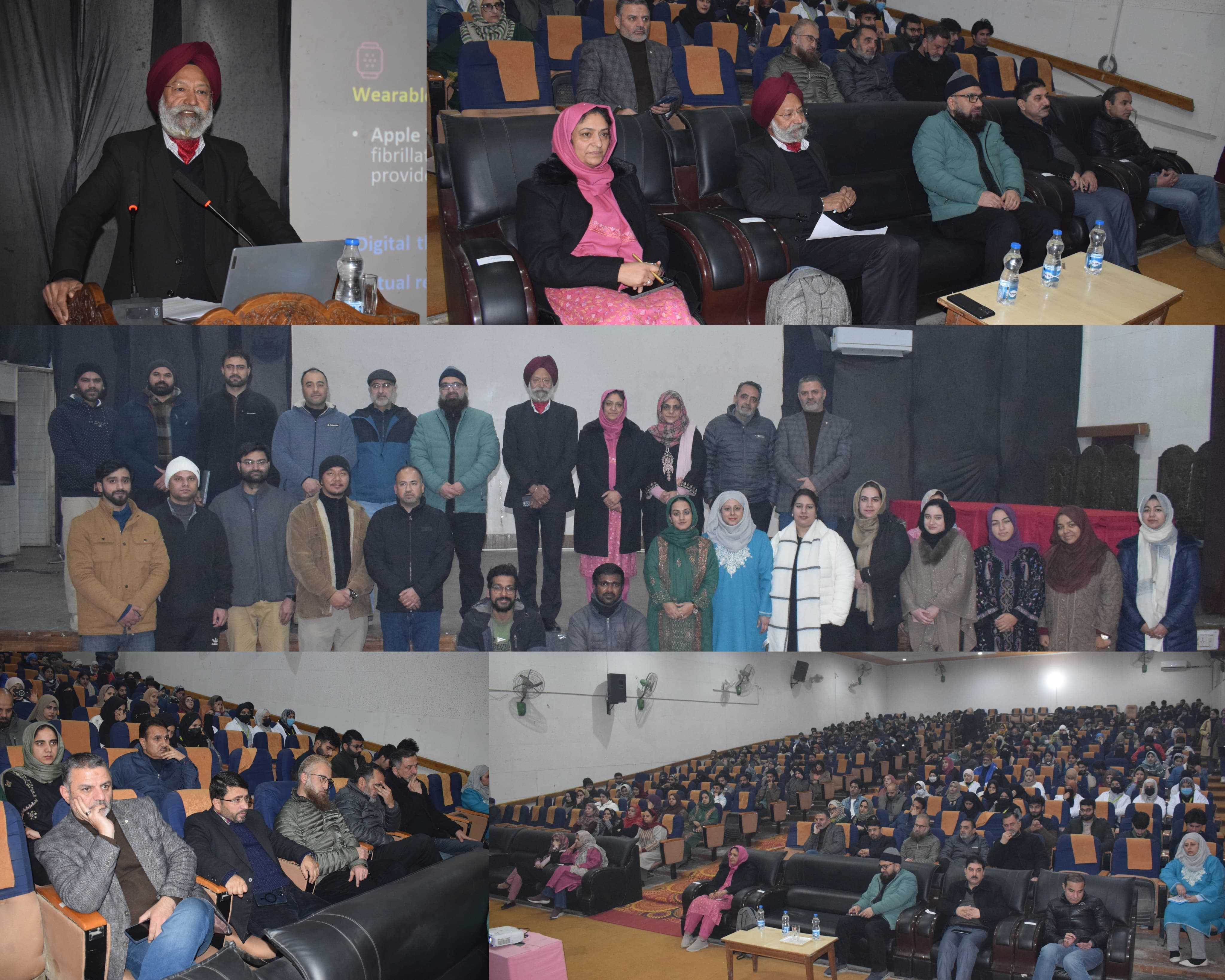Biodiversity, the variety and variability of life forms on Earth, is fundamental to the health and resilience of ecosystems and essential for human well being. However, biodiversity loss is accelerating at an alarming rate due to habitat destruction, overexploitation, pollution, climate change, and invasive species. The urgent action is required to halt this loss and safeguard the rich tapestry of life that sustains our planet.
Biodiversity provides services that are vital for human survival including clean air and water, pollination of crops, regulation of climate and natural pest control. It also supports cultural, spiritual, and recreational values enriching our lives in ways both tangible intangible. Preserving biodiversity is not only an ethical Imperative but also for maintaining the stability and resilience of ecosystems in the face of environmental challenges.
Human activities have led to unprecedented rates of species extinction, with current rates estimated to be 1000 times higher than natural background extinction rates. Loss of habitat due to deforestation, conversation of land for agriculture and urbanisation is primary driver of biodiversity loss.
Overexploitation of resources, pollution, introduction of invasive species and climate change further exacerbate the problem. The effective biodiversity conservation requires a combination of approaches including habitat protection, restoration and sustainable management of natural resources. Establishing protected areas, such as national parks and nature reserves, helps safeguard critical habitats and provide refuge for threatened species. Implementing regulations and incentives to promote sustainable land use practices responsible consumption of natural resources and conservation-minded development is essential in reducing human impacts on biodiversity.
The local communities have deep knowledge of their environments and traditional practices that have sustained biodiversity conservation for generations. Recognising and respecting their rights to land and natural is essential in biodiversity conservation efforts. Collaborative approaches that involve indigenous people and local communities in decision-making processes, land management, and conservation initiatives’ can help leverage their expertise and foster stewardship biodiversity.
Public has to be made aware about the value of biodiversity, the threats it faces and the actions individuals can take to protect it support for crucial in garnering support for conservation efforts. Environmental education programs, outreach campaigns and community engagement initiatives can raise awareness, inspire action, and foster a sense of responsibility towards biodiversity conservation.
India has made significant strides in biodiversity conservation. Some successful efforts include protected areas: India has established a vast network of protected areas, including 104 national parks and sanctuaries, covering 553 wildlife reserves ecosystems such as forests, grasslands, wetlands and coastal areas. These areas serve as crucial habitats for numerous providing them with protection from human activities poaching, habitat pollution.
The Project Tiger was launched in 1973, and is one of the most successful conservation programs in India. It aims to protect the Bengal tiger and its habitats under this initiative tiger reserves were established across the country implementing strict measures to curb poaching and habitat degradation . As a result, India tiger population has shown a significant increase in recent years.
Similar to Project Tiger, project Elephant was launched in 1992 to protect the Asian elephant and its habitats. It focuses on mitigating human elephant conflicts, conserving elephant corridors and promoting the welfare of captive elephants. The projected has contributed to conservation of elephant population in India.
Legal framework India has enacted various laws and policies to protect biodiversity. The Wildlife Protection Act of 1972 provides legal protection to the wildlife and their habitats , prohibiting activities such as hunting, poaching and trade in wildlife products. Besides, the biological Diversity Act of 2002 aims to conserve India’s biological diversity and ensure equitable sharing benefit arising from its use. The conservation efforts are targeted toward endangered species such as the Indian rhinoceros, Asiatic lion, snow leopard and great Indian Bustard. These efforts include habitat restoration, anti-poaching measures, captive breeding programs, and research to understand ecology and behaviour of these species better.
By investing in biodiversity conservation, we're essentially investing in our future stability and adaptability in the face of uncertain environmental challenges. Imagine a diverse ecosystem like a well stocked toolbox. Each species represents a unique tool, with its own specific function and role within the system. Now if you were face with a problem, having a variety of tools at your disposal increases the likelihood of finding the right one to solve it. Similarly, in an ecosystem, an high level of biodiversity ensures that there are species performing various functions such nutrient cycling, pollination and pest control.
Let us remember that biodiversity is not just protecting species but it is about safeguarding the intricate web of life that sustains us all. It is about cherishing the beauty of butterfly's flutter and awe-inspiring majesty of a towering oak. It is about recognising our interconnectedness with every living creature on this planet. So let's pledge to be guardians of biodiversity, not just for ourselves, but for countless generations yet to come. After all, in the diversity of nature lies the promise of a vibrant and thriving future.
“The writers can be reached at sadafakash050@gmail.com and shaistamalik914@gmail.com)







